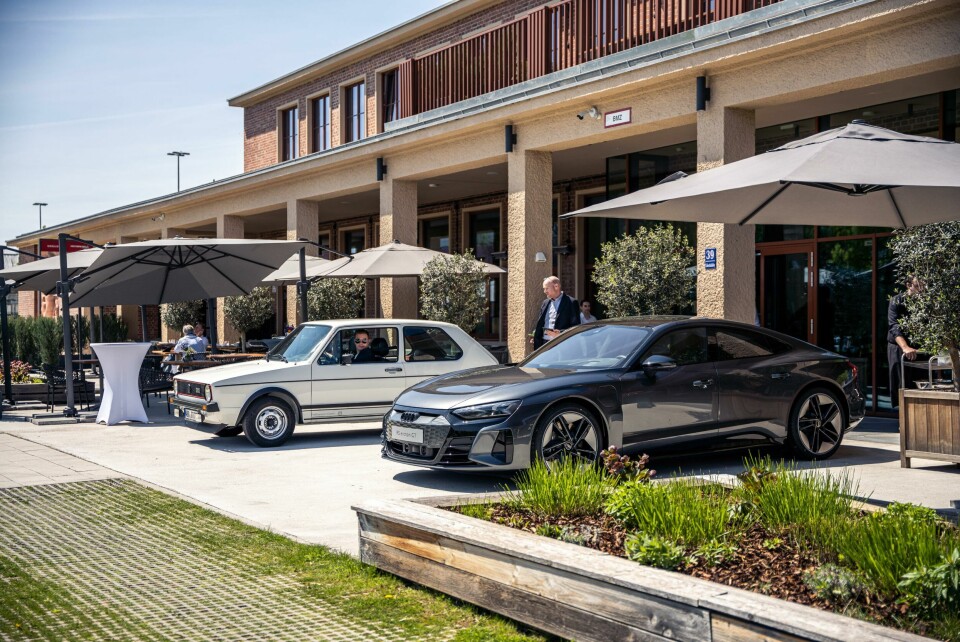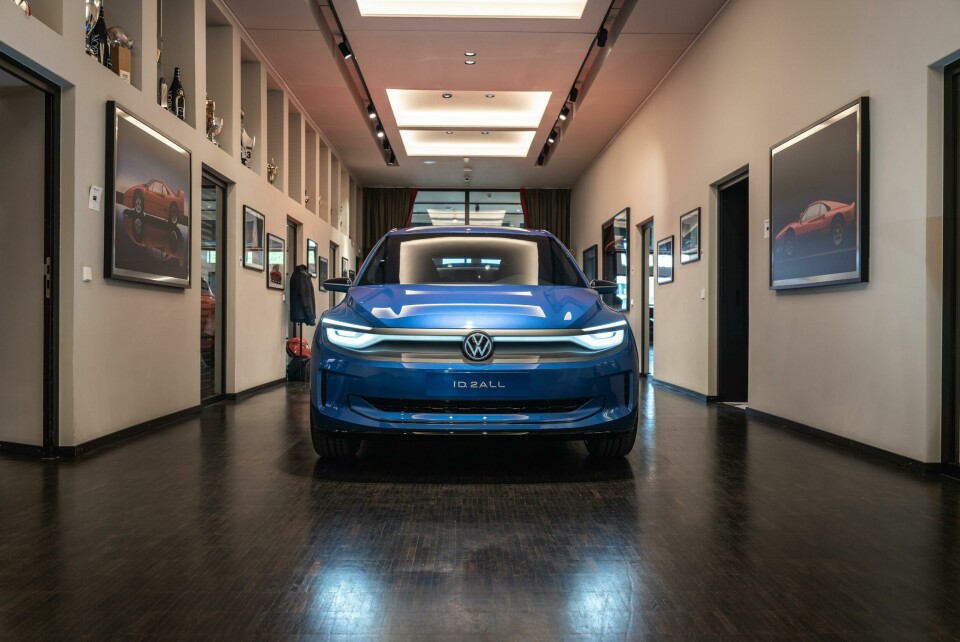
Old and new converge at inaugural Car Design Event
With car shows facing a uncertain future, the focus has turned to smaller bespoke events as exemplified by the recent Car Design Event in Munich. Car Design News was in attendance
While the established motor shows continue to wrangle an existential crisis in the manner of a fifty-something exec with receding hairline, the focus has turned to smaller, more bespoke events. Often these are brand specific and orbit around the launch of a car or concept – note Hyundai’s countryside setting for the new Kona.
Nothing so specific for the inaugural Car Design Event at the Drivers and Busines Club at Munich Motorworld, (though the Hyundai Group did feature) where a coterie of high-level designers brought concept and production cars, but more importantly their thoughts on design to an invite-only crowd. Launched by a pair of automotive journalists Des Sellmeijer and Jens Meiners, the event offered a more intimate setting than the traditional show.
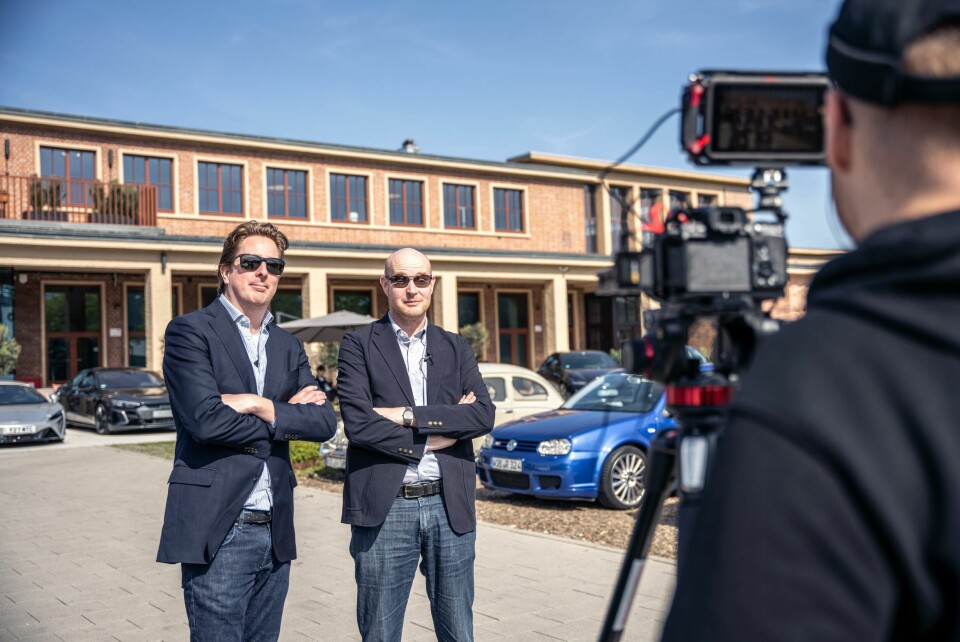
“We wanted to offer an informal, private setting where the design community, not just automotive designers, can get together and network and pursue their passion for design,” said Sellmeijer.
The pair are keen to stress the relaxed nature of the event, which, despite the presence of Audi, Genesis and Volkswagen, was free from OEM branding. “We don’t want to turn this into a mini motor show,” says Meiners. Nevertheless, the duo wants to establish the event as a regular yearly fixture on the design calendar. Given the location, the non-appearance of BMW was notable, but in a way may help in the long run. “We want this to be an international event, not seen as a German design event,” explained Meiners.
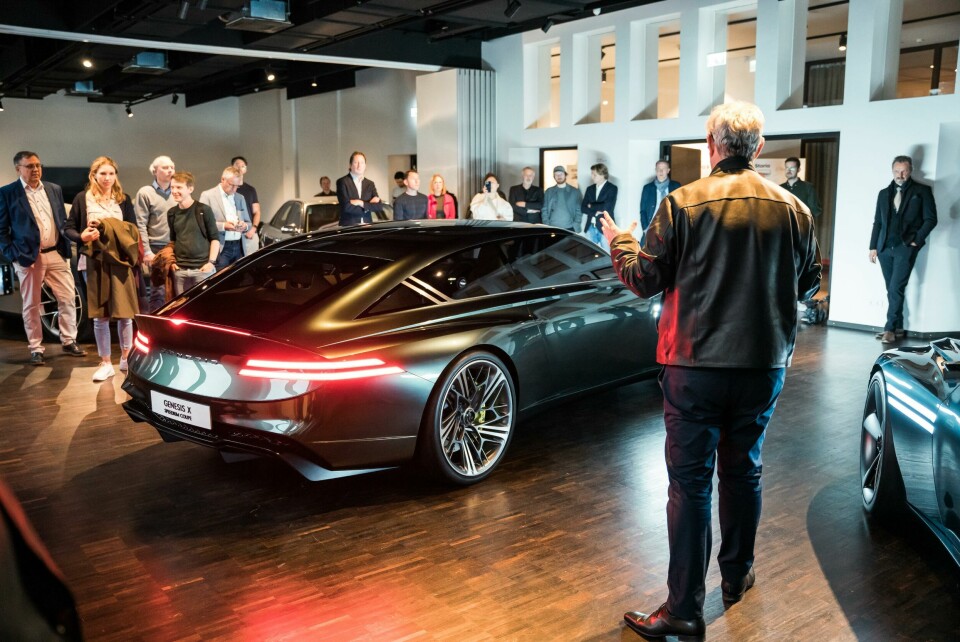
For many the cherry on the cake was the opportunity to drive ten bonafide classics, which lent proceedings a celebratory feel. There was, however, substance to the style – the intellectual meat was a series of presentations and design walkarounds. The first of these tackled the tricky business of car naming.
“Sometimes car names are the fruits of jetlagged minds in crisis”
Bernd Samland, chief executive of branding agency Endmark and self-professed naming expert, laid out the importance of getting the name of a car right – be it a noun, a number, a collection of letters or an amalgamation of different things. “A good name cannot save a bad car,” he admitted, “but a bad name can ruin a good car.” Part of it comes down to what he calls “emotional positioning”, and that first requires the impact, tonality and message to be defined. In short, figuring out who the car needs to speak to, and what it’s going to say about itself.
Unfortunately, there is no set formula for success. “Some of the most successful cars ever had no name in the beginning,” notes Samland, such as the Beetle which originally was given just a vague “Type” designation. “Names usually evoke more emotion than numbers and letters,” he continued, “although there are a few exceptions… Like the 911. You may have heard of it.”
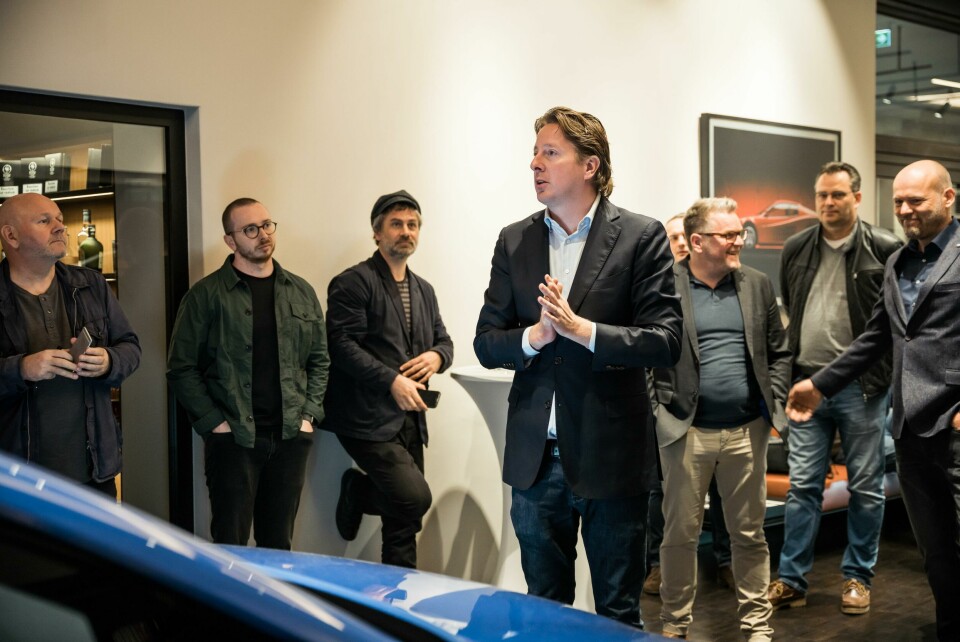
In other cases, finding the right name is a bit more philosophical, if not downright calculated. When it came to naming the Opel/Vauxhall Mokka, there was confusion as to why this mid-sized family car had been named after a coffee. Endmark, which was involved in the naming process, figured that it was compact, strong and exciting – like a mocha.
Hence, Mokka. But it also came from thorough market research; looking back at successful Opels of the 1970s, many of these models were dictionary names like Diplomat, Commodore, Senator. Later models carried “artificial” names and had worse market share. “It’s not to say that artificial names are less relevant, and more that in this case it just didn’t work,” said Samland. And crucially, avoid trends – such as the suffix ‘zero’ with EVs.
Also on stage was Luc Donckerwolke, who spoke candidly about the chaotic realities of getting a design pushed through and his own challenges of naming the Speedium concept car. “I had landed in New York to be informed that no one wanted a shooting brake in the United States,” said Donckerwolke.
“I had about four hours to come up with a new name.” The designer hit upon the idea of naming the car after the Inje Speedium racetrack in Seoul – frantic emails and phone calls followed before the racetrack CEO agreed. “Sometimes car names are the fruits of jetlagged minds in crisis.” In terms of the design direction for Genesis, Donckerwolke stressed his ultimate goal was to have a car with no branding whatsoever.
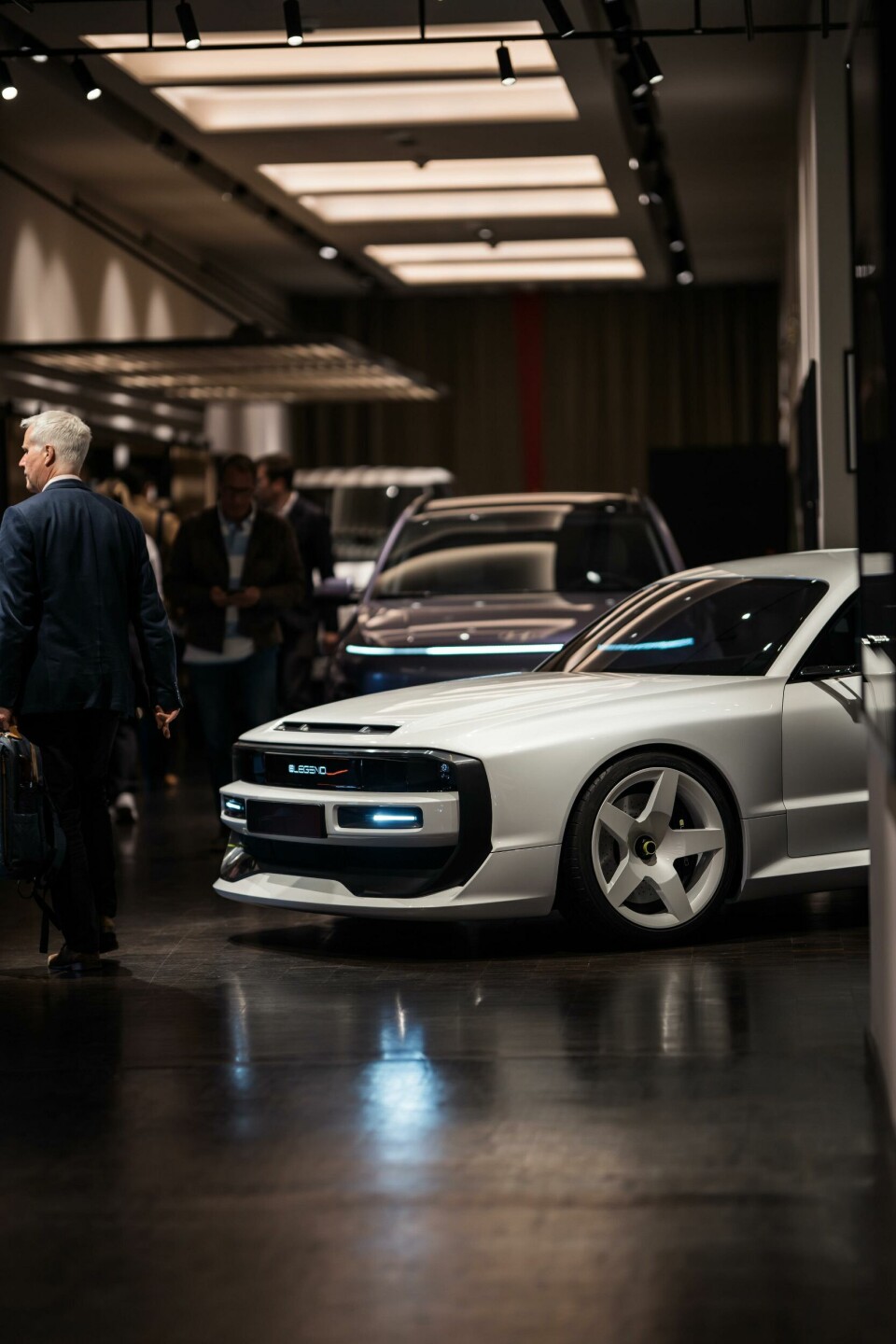
There was also a start-up up with an exciting announcement. E-legend, which aims to produce electric sportscars that are inspired by iconic models of the past, revealed that its first model – the EL1 – would have a prototype ready by the end of this year, and cars in production in 2024. Markus Holzinger, founder of E-Legend, highlighted that although this is an inherently modern brand – plenty of digital technology and an electric powertrain – the inspiration came from his childhood and more importantly, the iconic Audi Quattro.
“This was the starting point of the whole E Legend project,” he said as he held up a small diecast model of a red Audi Quattro – a lovely touch, the CDN team thought. “We took elements like the strong DLO, the muscles, the shape and the black mask. It is a bit retro but also futuristic, we call it retro fusion,” he explained. There might be more models on the way too, leaning on other familiar nameplates for inspiration.
Audi design boss Marc Lichte, sandwiched between the languid, elongated form of the Grandsphere and the shimmering teutonic oblong that is the Audi ASF concept, explained the connection between the pair
“We don’t want to be a one hit wonder, we want more designs on our platform,” Holzinger concluded. “We will continue with cars from the 80s and will always be inspired by rally cars, like an Italian rally car you might know.” Whether this is a Stratos or an Integrale, or something else of course, we’re not sure. Either way, it sounds exciting.
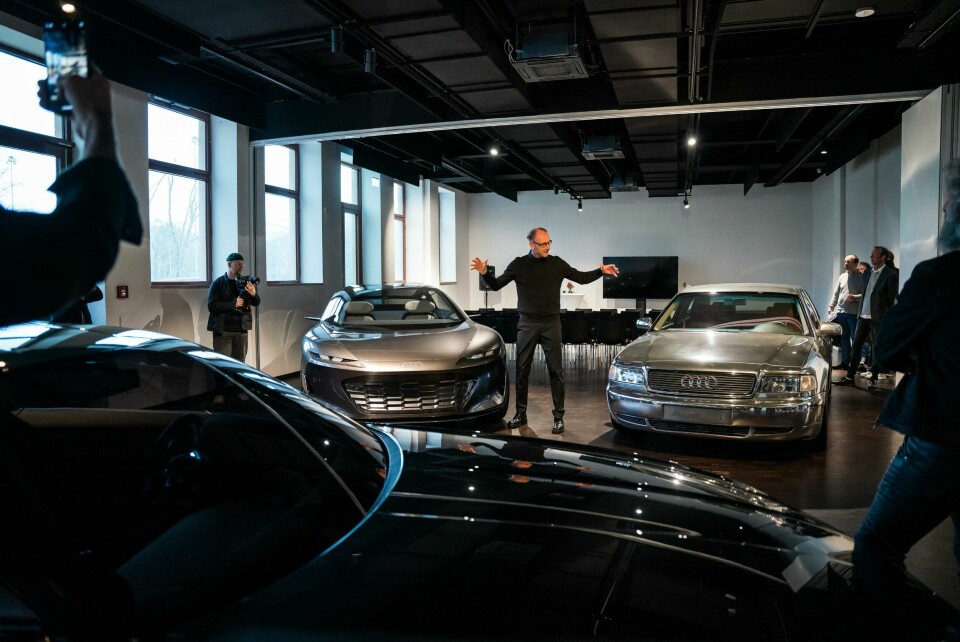
Audi design boss Marc Lichte, sandwiched between the languid, elongated form of the Grandsphere and the shimmering teutonic oblong that is the Audi ASF concept, explained the connection between the pair. The ASF was the precursor to the A8, which itself was the blueprint for the Grandsphere, Lichte said. The presentation had a nice circularity to it, especially now that the Sphere concept series has come to a conclusion. CDN caught up with Lichte after the presentation for a short discussion.
Down the corridor, and incoming Volkswagen design boss Andreas Mindt showed off the ID. 2all concept, a compact electric hatchback with some impressive muscles on show. Regardless, the brand is sticking to its roots, he explained, and the design inspiration came from family favourites like the Polo and the Golf. “In the car world, we are the nice guy. That’s our thing. We make nice cars for nice people,” he said. “We are not the most progressive or the most sporty, but we are the most loved volume brand there is.”
Perhaps slightly tongue in cheek, Mindt highlighted the car’s stance – wide, sporty-looking and with flared arches front and back: “Society is looking for stability, and this car is stable.” Mindt later spoke to us more in-depth about the team’s approach to the concept and how it is not really much of a concept at this stage as it nears production readiness.
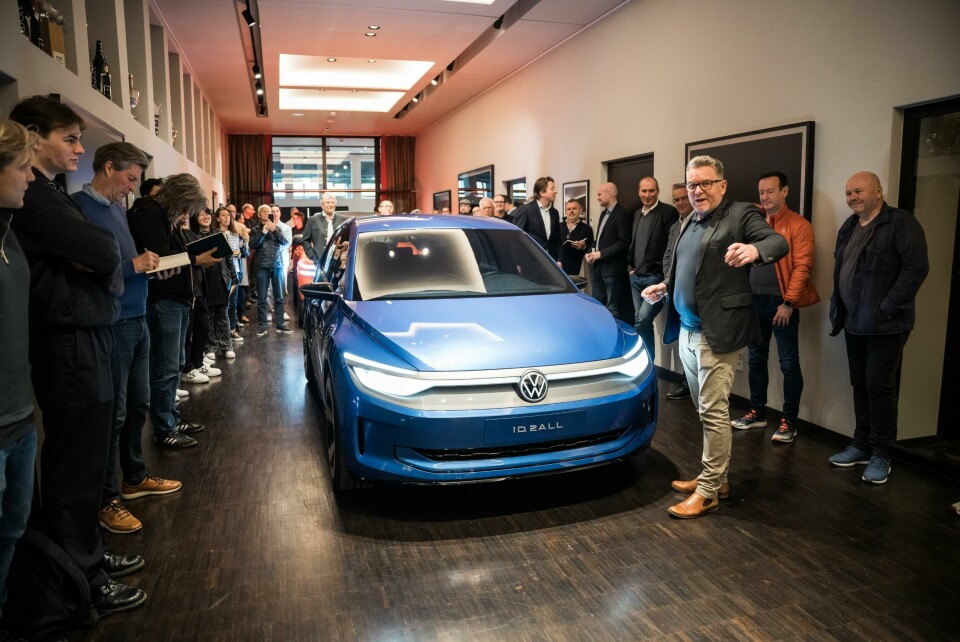
Perhaps unsurprisingly, the thorny issue of AI-driven design featured prominently in a panel discussion that followed the presentations. “AI will not steal designers’ jobs,” said Dr. Othmar Wickenheiser of the Munich University of Applied Sciences, kicking things off. ”But designers using AI will steal traditional designers’ jobs.”
Wickenheiser saw AI as part of a wide and growing subset of digital tools that, at one time or another, were probably seen as similar threats. “We use all these technologies like toilet paper now,” he pointed out.
The ID 2.all concept was situated across the paddock from a Mark 1 Golf GTI. The connection between the two is all too obvious – in a good way – and underlined that good design can stand the test of time
Lichte revealed a little of Audi’s design process, which begins with inputs from a variety of departments: marketing, engineering, sales, plus customer feedback, but added that he brings an AI design to the table as part of the exercise. Donkerwolke likened AI to a methodology like generative design – a process the design team used for the Hyundai Group’s urban air mobility project. “Generative design allowed us to completely change the configuration of the cabin for this new type of vehicle. And generative design is a little bit comparable to AI because it’s based on big data and a lot of parameters.”
It was not only seasoned designers on hand, but also academia and the next wave of design students from the Munich University of Applied Sciences. Dropped in the deep end perhaps in front of journalists, design directors and cameras, the students seemed to share differing views on what attracted them to the field. One was not interested in cars so much, and more about mobility solutions for all. A traditional role in design did not necessarily appeal to him, and instead envisioned working on a mix of projects. On the other hand, there’s clearly still an appetite for traditional facets of car design – one student inspired by sportscars fancied a gig in exterior design down the road.
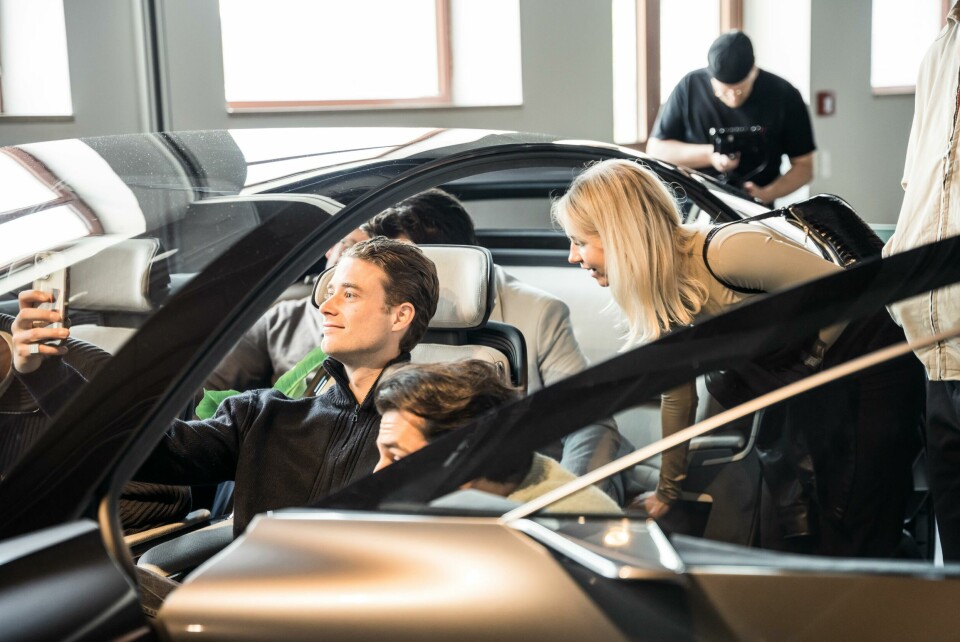
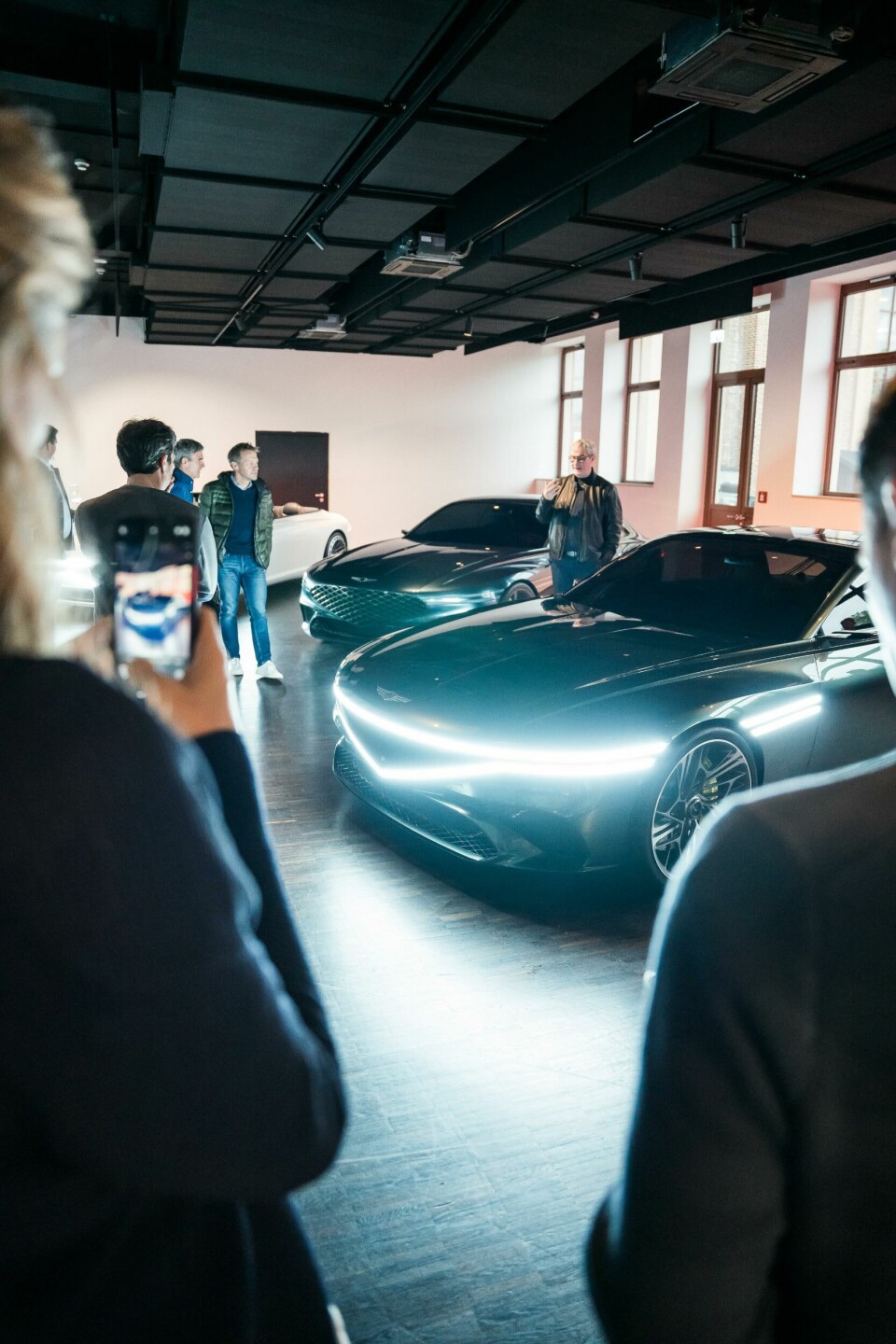
While much of the discussion was about the future of design, it was hard to look past the clear influences of the past. Audi’s ultra-modern Grandsphere – complete with autonomous driving and interior houseplants – was positioned a metre away from its inspiration, the ASF concept from 1993.
“In my day job I’m talking about the future, but in my own time I’m inspired by the past,” observed Marc Lichte.
Some ties to the past are more obvious. The E-Legend EL1, for example, is explicitly inspired by the Audi Quattro. And elsewhere in the VW group, the ID 2.all concept was situated across the paddock from a Mark 1 Golf GTI. The connection between the two is all too obvious – in a good way – and underlined that strong design can stand the test of time.
Luc Donckerwolke spoke about Genesis from a different angle, noting: “We’re a young brand, we don’t have that history so we need to create it.”
The event also showed the changing face of the auto show. While this event is in its first iteration and obviously sits in a different league to the likes of Geneva, IAA or NAIAS, it offers something a little different.
Designers prefer more of an intimate setting with the right calibre of people, not necessarily plonking a car on a stand with thousands of mildly-interested onlookers. Bespoke design events are an opportunity to really dig deep and share the story behind the car and, in this case, get an up-close look. It’s unclear whether the auto show as we know it is simply hibernating or laid to rest, but gatherings like these are certainly making a strong case for themselves.
